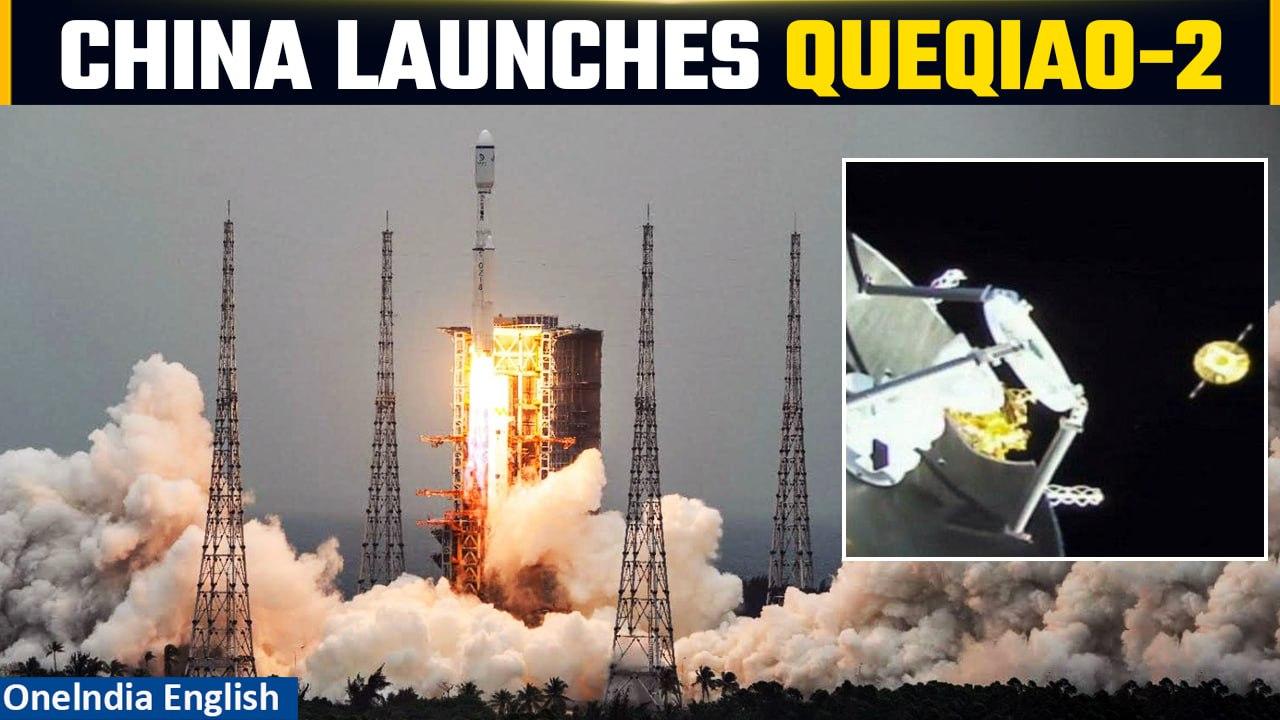China launch of relay satellite Queqiao-2 for lunar probe mission successful | Know More | Oneindia

China launch of relay satellite Queqiao-2 for lunar probe mission successful | Know More | Oneindia
China's National Space Administration (CNSA) announced on Friday that the Queqiao-2 satellite has successfully concluded its in-orbit communication tests, with both its platform and payloads operating as expected.
CNSA affirmed that Queqiao-2's functions and performance align with mission specifications, enabling it to deliver relay communication services for the fourth phase of China's lunar exploration endeavour and forthcoming lunar missions undertaken by China and other nations.
This milestone marks the Queqiao-2 mission as a resounding success.
On April 6, the satellite accomplished a successful communication test with the Chang'e-4 spacecraft, currently engaged in an exploration mission on the far side of the moon.
Subsequently, from April 8 to 9, it underwent communication trials with the Chang'e-6 probe, slated for future launch.
Launched on March 20, Queqiao-2 reached its intended highly elliptical orbit around the moon on April 2, following midway correction, near-moon braking, and orbital manoeuvres.
#Queqiao2Launch #ChinaSpaceMission #LunarProbe #RelaySatellite #SpaceExploration #MissionSuccess #SpaceTech #LunarMission #Queqiao2 #SpaceAchievement ~PR.152~ED.102~GR.124~

![China holds astronaut farewell ceremony ahead of Shenzhou-18 launch [Video]](https://video.newsserve.net/300/v/20240425/1373744712-China-holds-astronaut-farewell-ceremony-ahead-of-Shenzhou.jpg)